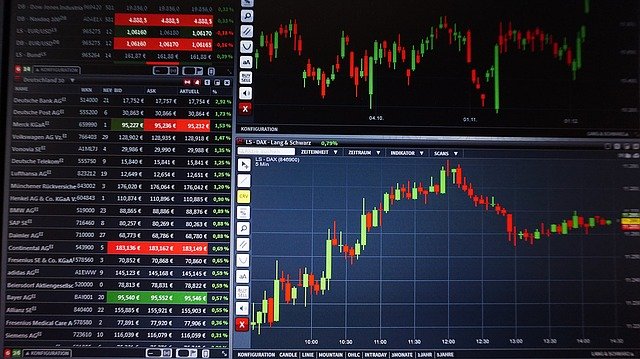Since its inception, the U.S. has relied on population growth to keep its economy pumping. New generations of native-born Americans and immigrants enter the work force; they produce goods and services and then spend their income, in a cycle that drives supply, demand and growth. They also pay taxes that fund programs like Social Security and Medicare. Over every 50-year period in U.S. history, the population has grown at least 50 percent, sometimes by far more.
But that’s about to change. Americans now have fewer children than past generations did. And depending on levels of immigration, the country’s population may plateau in the coming decades.
Take a look at this chart, based on census data collected by the demographer William Frey. It shows what would happen to the U.S. population in four different scenarios. In each one, the population eventually peaks. But how soon it happens depends on how much immigration the country has:
The line labeled “historical” roughly tracks the immigration trends of the previous decade. The “high” line is nearly double the historical level, and “low” is roughly half. Depending on which path the country follows, the U.S. could have decades more or decades fewer of population growth.
The zero-immigration projection is unrealistic. The U.S. always has some level of immigration, including illegal entries, and no major politician is talking about banning all legal immigration. Still, that projection is helpful because it shows how important immigration is to population growth. With no more immigrants, U.S. population growth would flatline this year.
Many Americans favor lower levels of immigration. They worry that new immigrants take jobs and reduce pay. They also fear that the new arrivals can change a nation’s culture. Immigration, especially the illegal kind, has fueled political instability around the world. Racism and xenophobia also play a role.
Thank you for your patience while we verify access. If you are in Reader mode please exit and log into your Times account, or subscribe for all of The Times.
Thank you for your patience while we verify access.
Already a subscriber? Log in.
Want all of The Times? Subscribe.

